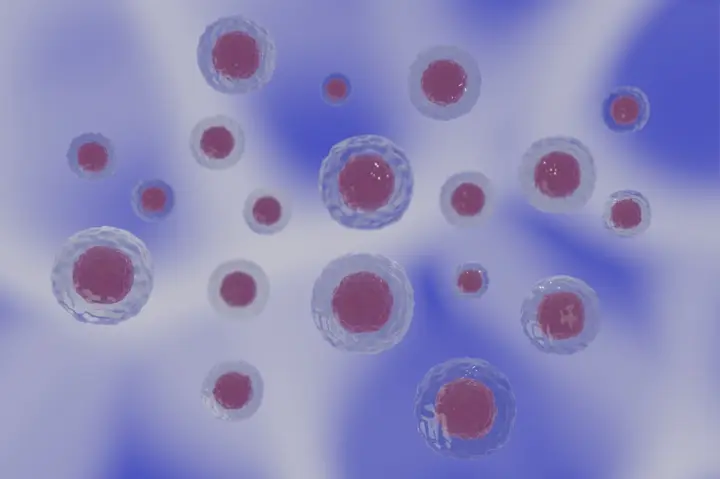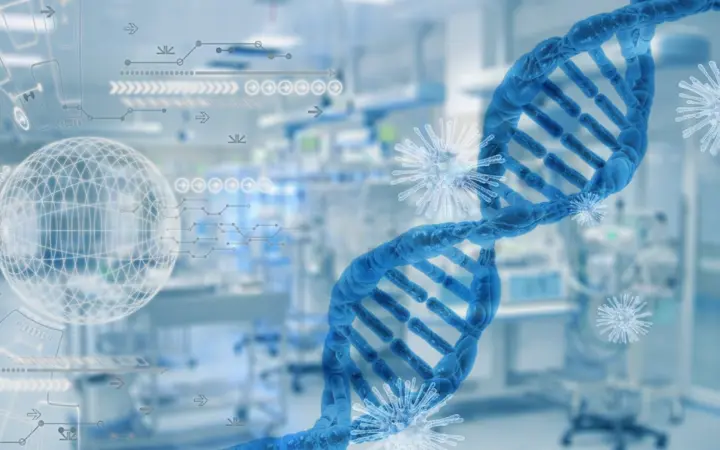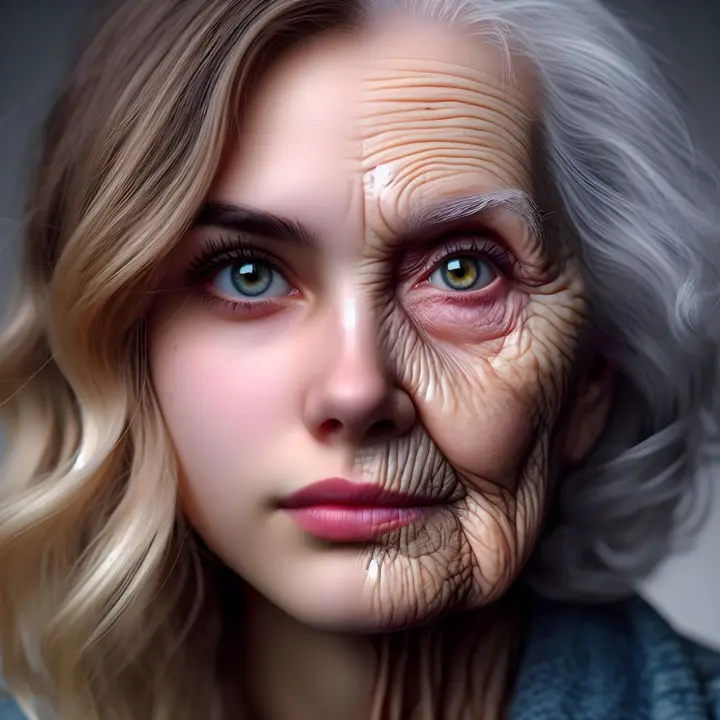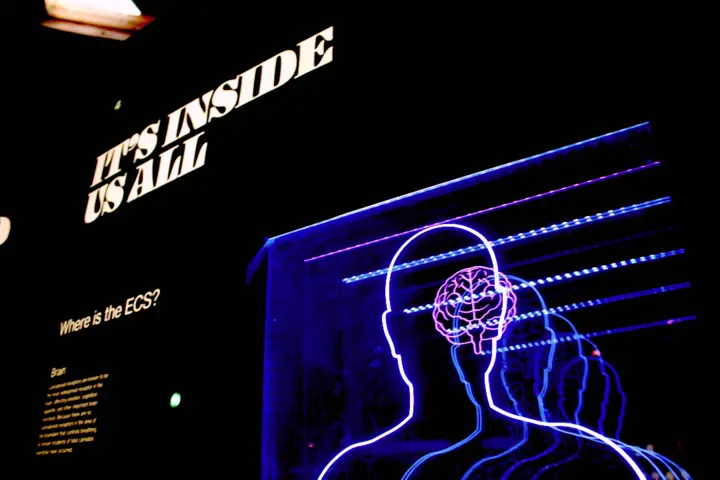Is it true that our body changes completely every 7 years?
We are biological beings, and our bodies are constantly changing from the stage we are newborn to old age. Different types of cells form different organs in our bodies, and these cells are constantly regenerating as newer cells replace older cells.
Show key points
- Human bodies are in a continuous state of transformation, with cells constantly regenerating through natural biological processes.
- The idea that all cells in the human body are replaced every seven years is a myth, as some cells last for only days while others persist for decades.
- Mitosis and stem cell differentiation are fundamental mechanisms by which the body forms and renews specialized cells.
- ADVERTISEMENT
- Dr. Jonas Friesen developed a novel technique using radioactive carbon-14 from nuclear tests to determine the age of cells through DNA dating.
- Research revealed varying lifespans of cells—ranging from just a few days in skin and sperm cells to over 15 years in muscle and intestinal cells.
- The cerebral cortex does not generate new neurons after birth, meaning the brain cells that store memories and personality remain unchanged throughout life.
- While most body cells regenerate at different rates, the claim that the body fully regenerates every seven years is inaccurate, with some cells remaining for a lifetime.
The above has led to philosophical intellectual theories questioning the nature of individual identity. You may have heard the popular saying that our body completely replaces all its cells and converts to a completely new cellular structure every 7 years. If so, are you the same person you were 7 years ago? Or is that someone else? And what about the person who in the future... Will it be you too? Or is he someone independent of you?
Personally, I feel like I'm the same person I've always been at the basic level when I look back. However, this is a difficult scenario, so let's see if the claim of our entire body regeneration within 7 years is true, it may help us get to know our identities a little better.
Recommend
Cell birth

In order for the body to function fully, old cells must die and new ones must form. One of the ways new cells form is through the process of mitosis. In a cell cycle, mitosis is where two new nuclei arise from the separation of duplicate chromosomes. The mitosis process itself is divided into different phases: prephase, pre-phase, postphase, ascent, and terminal phase. Each of the above stages is a specific development that occurs during the division of the original chromosome, which results in two daughter cells that form identical copies of the parent cell.
Another process that leads to the acquisition of new cells is done through stem cells. Stem cells divide repeatedly in order to produce the different types of specialized cells required in the body. They also produce new stem cells, which enhances the process of making new cells. There are three types of stem cells. The first is embryonic stem cells which are responsible for providing new cells to the fetus as it grows. They are said to have omnipotent capabilities, meaning they can transform into any type of cell the body needs. The second is adult stem cells which are responsible for providing a steady supply of new cells to the developing adult. These cells are pluripotent, but they can only turn into some of the types of cells the body needs. The third is polyphobic pluripotent stem cells, which are those manufactured in the laboratory. They are synthesized by reprogramming cells taken from the skin or other areas of the body, and can be changed to any cell that the body needs.
How do we know the age of cells in our bodies?

While trying to determine whether our cortex produces new cells, Dr. Jonas Friesen, a stem cell biologist at the Karolinska Institute in Stockholm, had to find a new way to determine the age of the cells. The techniques available required DNA tagging using chemicals, and this process was not even almost perfect.
Dr. Friesen had to look for a natural marker from which he could infer the age of the cells. It may be recalled that nuclear weapons were tested above ground until 1963, and these tests resulted in the atmospheric being injected with radiocarbon-14. This radioactive carbon-14 enters the DNA of cells, where plants breathe it and animals as well as humans eat it in their foods. DNA is known to double every time a cell divides, but the DNA in any cell is never replaced, although most of the molecules themselves are replaced. The new cell thus acquires its own DNA when formed, including carbon 14 that was naturally marked. Dr. Frieson realized that enriching this carbon 14 marker on DNA could be used to estimate the age of a cell.
Dr. Frieson used tissue instead of cells to determine age, as the cell contains too little carbon-14 for chronological dating. This technique was then used to determine the age of different cells in the organs of the human body.
The real age of our body

On July 15, 2005, Dr. Frieson and his colleagues released their findings on the age of different cells in an issue of Cell magazine. They conducted this research on adults in their late thirties. They found that the average lifespan of cells in the muscles of these adults is 15.1 years. On the other hand, epithelial cells on the surface of the intestine have a very short lifespan of only 5 days on average. However, the average lifespan of cells in the main area of the intestine was 15.9 years on average.
Through other methods, the red blood cell is known to travel a whopping 300 miles throughout the body, with a life span of about 4 months. White blood cells live longer than that, lasting an average of about one year. Colon cells have a relatively shorter lifespan of only 4 days; this short life is found in sperm cells as well, lasting only 3 days. The cells on the skin are constantly changing, as they have to deal with the process of preserving and maintaining the individual, living approximately 2 to 3 weeks. And the human skeleton can take about 10 years to be completely replaced. While the liver takes about 300-500 days to fully renew itself.
And now comes the big question of our identities: Are the cells in the brain completely replaced as well? Dr. Friesen and his colleagues found that the cells in the visual cortex were exactly the same age as the individual, which shows that after birth no new neurons are created in the cerebral cortex, at least not in numbers that would make a difference. They also found that the cells in an individual's cerebellum were slightly younger, giving credence to the idea that evolution in the cerebellum continues after birth.
Final conclusion

The cells in the body of every human being are in a state of constant change throughout an individual's life. But although almost all cells die and are constantly replaced, their life cycles vary with different organs, types, and functions. This life cycle can be as short as 3 days or as long as 16 years!
And the thing that makes you the person you are (your brain) doesn't make new neurons after it's formed. The brain in which you keep your memories, thoughts, beliefs, personality, and all your other details remains the same throughout your life.
In conclusion, the claim that our body changes completely every 7 years is false. The most accurate claim here is that most parts of the body change every 10-15 years, while some parts of the body remain the same and only die with the death of the person himself.








